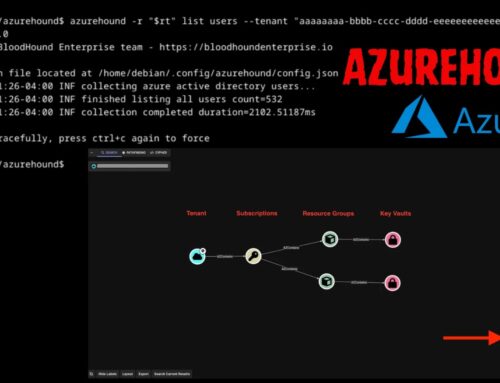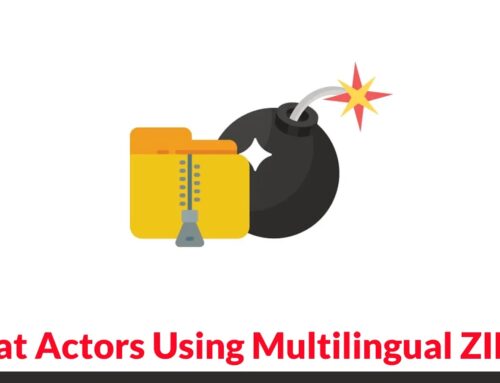
13-year-old Critical Redis RCE Vulnerability Let Attackers Gain Full Access to Host System
Imagine a critical weakness lurking for over a decade in a widely used technology, hidden in plain sight, and now suddenly exposed with the power to grant attackers complete control over your systems. This isn’t a plot from a cyber-thriller; it’s the stark reality facing organizations leveraging Redis. A recently unearthed remote code execution (RCE) vulnerability, present for 13 years, carries the highest possible severity rating, demanding immediate attention.
The RediShell Revelation: A Decade-Old Threat Unveiled
The cybersecurity community was recently alerted to a severe remote code execution (RCE) vulnerability affecting Redis, a popular open-source, in-memory data structure store. This critical flaw, sensationally dubbed “RediShell,” allows malicious actors to achieve full compromise of the underlying host system. What makes this discovery particularly alarming is its age: the vulnerability has reportedly existed for 13 years, silently posing a significant risk to countless deployments.
Tracked as CVE-2025-49844, this flaw was identified by researchers at Wiz Research. Its potential impact is reflected in its assigned CVSS severity score of 10.0. A perfect 10.0 score is reserved for the most extreme security issues, indicating that the vulnerability is easily exploitable, requires no user interaction, and provides complete control to an attacker without needing any credentials. This level of severity underscores the urgency for organizations to address this threat immediately.
Understanding the Impact of CVE-2025-49844
A Remote Code Execution (RCE) vulnerability is among the most dangerous types of security flaws. It permits an attacker to execute arbitrary code on a target machine remotely. In the context of Redis and CVE-2025-49844, this means an unauthorized individual could potentially:
- Install malware or ransomware.
- Exfiltrate sensitive data from the host system.
- Establish persistent backdoors.
- Pivot to other systems within the network.
- Cause denial-of-service by corrupting data or shutting down services.
Given Redis’s widespread use in caching, real-time analytics, session management, and as a message broker, a compromise via this RCE could have catastrophic consequences for applications and infrastructure relying on it.
Remediation Actions
Addressing CVE-2025-49844 is paramount. Organizations should act swiftly to mitigate the risk. Here are critical steps to take:
- Update Redis Immediately: The most crucial step is to upgrade your Redis instances to the latest patched version. Always refer to the official Redis release notes and security advisories for the exact versions that address this vulnerability.
- Principle of Least Privilege: Ensure that your Redis instances are running with the minimum necessary privileges. Avoid running Redis as the root user.
- Network Segmentation and Firewall Rules: Restrict network access to your Redis servers. Only allow trusted applications and administrators to connect to Redis ports. Implement strict firewall rules to block external access.
- Authentication and Authorization: Enable strong authentication for Redis. Utilize strong, unique passwords and consider Redis ACLs (Access Control Lists) to white-list commands and keys on a per-user basis.
- Disable Dangerous Commands: Review and disable any Redis commands that are not explicitly required by your applications via the
rename-commandordisable-commanddirectives in the Redis configuration. - Monitor Redis Logs: Regularly review Redis logs for suspicious activity, unusual connection attempts, or unauthorized command execution. Implement robust logging and alerting mechanisms.
- Regular Security Audits: Conduct frequent security audits and penetration tests on your Redis deployments to identify and address potential weaknesses proactively.
Tools for Detection and Mitigation
While direct detection tools for this specific, newly disclosed CVE might be evolving, here are general tools and practices to enhance your Redis security posture:
| Tool Name | Purpose | Link |
|---|---|---|
| Official Redis Documentation | Refer to for latest updates, security patches, and best practices. | https://redis.io/docs/ |
| Vulnerability Scanners (e.g., Nessus, OpenVAS) | General vulnerability scanning of your infrastructure to identify outdated software and misconfigurations. | Nessus / OpenVAS |
| Redis-specific security tools | Tools for hardening Redis configurations, though none universally cover all new RCEs immediately. | Search for “Redis security hardening tools” |
| Intrusion Detection/Prevention Systems (IDS/IPS) | Monitor network traffic for suspicious patterns indicating an attack or compromise. | (Vendor Specific) |
Conclusion
The discovery of CVE-2025-49844, a critical Redis RCE vulnerability that persisted for 13 years, serves as a powerful reminder of the persistent and often hidden threats in our digital infrastructure. Organizations must prioritize patching and implementing robust security measures immediately. Proactive vulnerability management, adherence to security best practices, and continuous monitoring are essential to protect against such high-impact flaws and maintain the integrity of critical systems.





